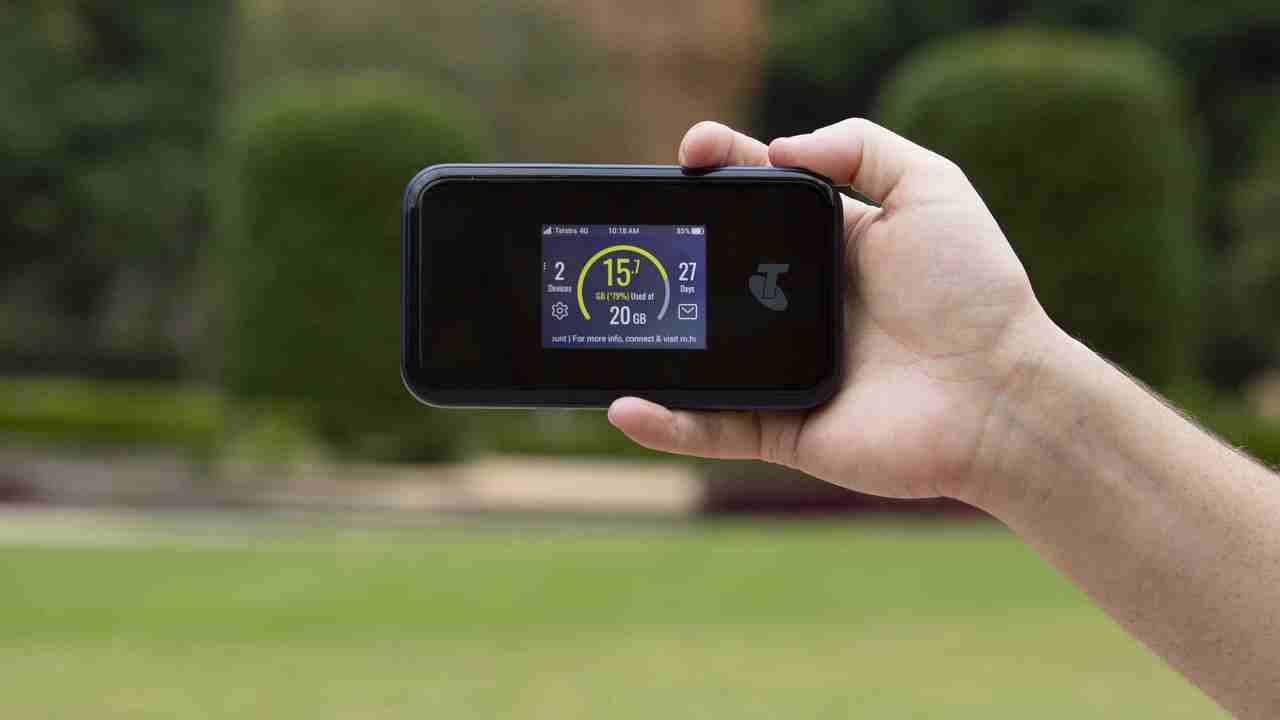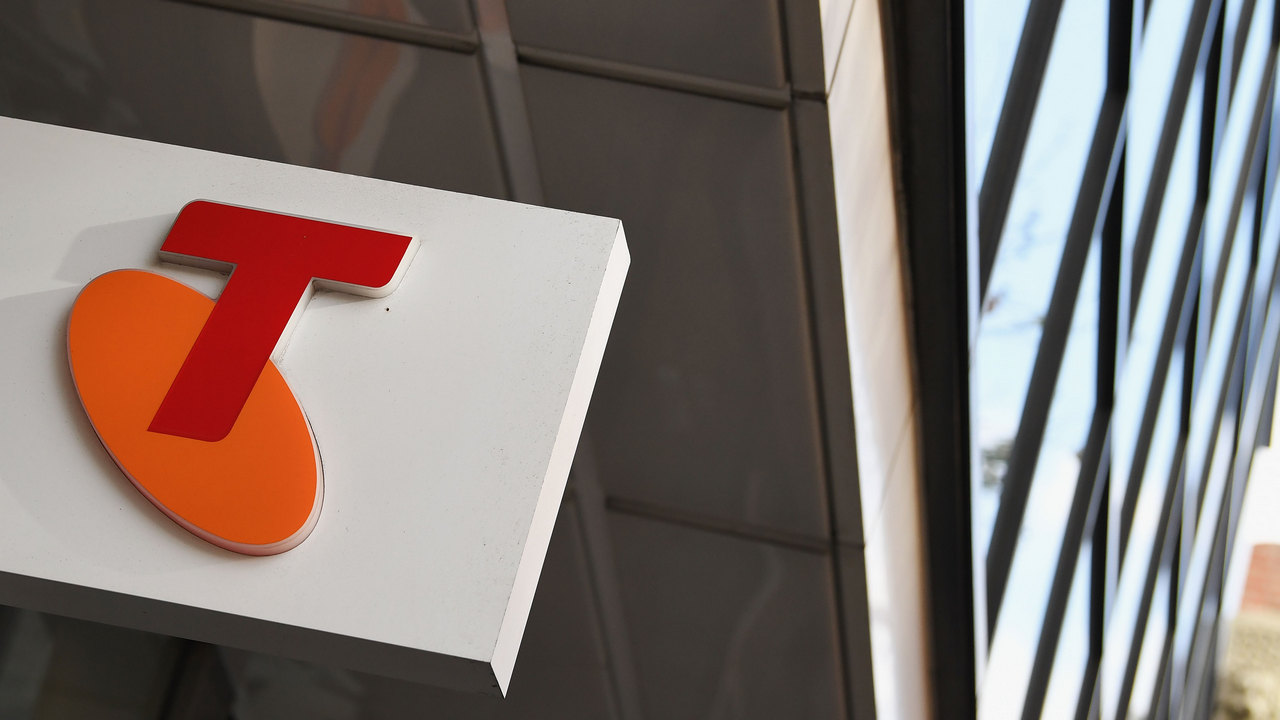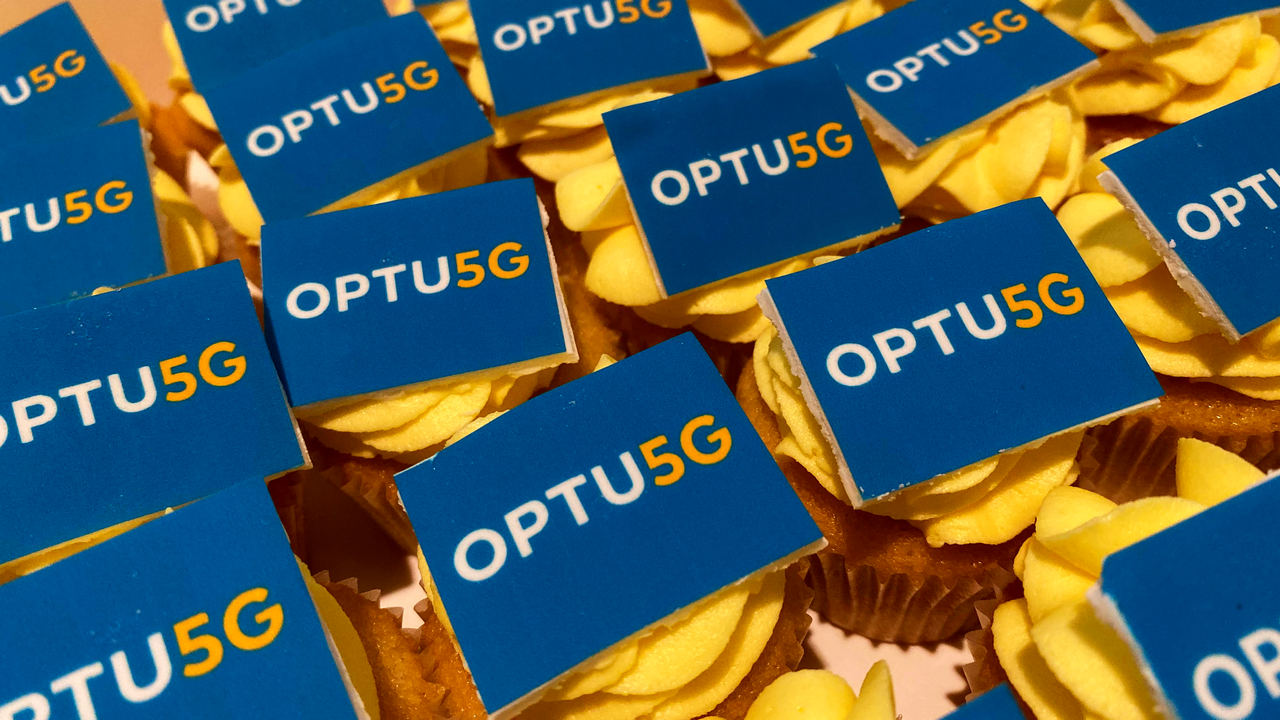From July 1, Telstra will begin charging some customers for 5G. Vodafone and Optus have started rolling out their own mobile 5G networks, with neither ruling out a 5G charge in the future. But considering the cost of a 5G handset and how few Australians can access a solid 5G signal right now, one thing has become clear.
Nobody should be paying extra for 5G.
Telstra 5G

On May 22, 2019, Telstra announced the HTC 5G Hub, its first 5G device. In a blog post, Telstra CEO Andy Penn said Telstra was considering charging for 5G eventually.
“When we launch our new plans in late June, we will make 5G available for free for a minimum of 12 months, so everyone with a compatible device has the opportunity to try 5G when they are in a 5G coverage area,” Penn said.
“Once this free trial period ends, customers on our top two plans will have 5G connectivity included in their plan at no extra charge, and customers on our other plans will have the option of adding 5G connectivity for $15 a month.”
At the core of Telstra’s new phone plans, revealed in June last year, was simplicity. The company went from 1,800 mobile plans to just 20 across personal and business accounts. However, the telco supplemented this with ‘bolt ons’. This means that customers can choose to add extras to their plans.
This will now include 5G, for the small and medium plans, anyway.
According to Telstra, this meant customers weren’t being charged for a service they didn’t want.
“We also think customers choosing different connectivity experiences will become a big part of how mobility services are sold in the future. Customers will choose the data inclusions they want as a base plan, and then have the option to tailor a connectivity ‘add on’ to suit different uses,” Penn said.
“Our overriding principle is for our customers to have the freedom and flexibility to choose the experiences they value and not pay for experiences they don’t.”
But would customers really not value having the best mobile connectivity possible?
One could argue that the point is moot when 5G devices are still expensive and the 5G network is in its infancy. People won’t miss what they can’t access or afford. But that stance does nothing to help democratise technology. Instead, it sends the message that mobile infrastructure and modern connectivity is not a right, but a privilege.
Will Telstra actually charge for 5G?

In 2019 Andy Penn criticised the pricing structure of the NBN. It highlighted the NBN’s downstream impact on RSPs and customers.
So how is charging extra for 5G any different? Potentially, Telstra has come to realise that.
Even though some customers will be charged extra for 5G from July 1, Telstra’s public messaging has changed.
“Currently, customers on Small and Medium options can add continued 5G access for an additional $15 per month, or upgrade to a higher plan tier to keep using 5G services. However, we are currently reviewing our plan structures, including 5G, and there will be an update soon,” a Telstra spokesperson said to Gizmodo Australia on June 12, 2020.
What this actually means is unclear. Perhaps Telstra won’t start charging some customers for 5G from July 1. Or perhaps it will see how many people actually pay $15 a month before making any changes. Either way, Telstra certainly seems to be re-considering its approach to 5G.
Update June 30, 2020: Telstra has now announced that its refreshed Medium mobile plans will also include 5G at no extra cost. Customers on ‘Small’ plans will be migrated across to Medium plans and receive a rebate for 12 months. So it looks like we were right, Telstra back flipped on its charging for 5G plans.
Optus 5G

At the present time, neither Vodafone or Optus are charging for 5G. But they also haven’t ruled it out.
Gizmodo Australia first asked Optus about this when it announced the roll out of its 5G network.
“This is something we’ll watch very carefully and we’re very conscious of the fact that we should put the customers first. At the right time we’ll talk about charging customers, but today it is more about making sure that the people who want the technology and faster broadband at home get those services,” said former Optus CEO, Allen Lew, to Gizmodo Australia on November 4, 2019.
Optus has continued to keep its options open when it comes to the possibility of charging for 5G.
“Like any business, we are constantly reviewing our pricing structure to ensure we remain competitive in market, offer our customers the best value for money and make an appropriate return on our substantial investments,” an Optus spokesperson said to Gizmodo Australia on June 15, 2020.
Vodafone 5G

Until recently, Vodafone was the only Australian telco to claim it would not charge extra for 5G access.
“We will be announcing our 5G plans early next year and we have no plans to charge customers extra to use 5G,” a Vodafone spokesperson said in an email on December 30, 2019.
However, the telco has since changed its stance.
“During the roll out phase, it is important to recognise that 5G coverage is not ubiquitous and customers therefore may or may not be accessing 5G services from time to time. So for the foreseeable future, Vodafone made a clear decision not to charge extra for 5G on current phone plans,” a spokesperson told Gizmodo Australia on June 12, 2020.
In a follow up phone call a Vodafone spokesperson confirmed it would be fair to say that the company is not ruling out charging for 5G on future plans. Vodafone has declined to comment further.
Of course, none of this means Optus or Vodafone will ever actually charge for 5G. They’re just keeping the possibility on the table. And if Telstra really does back flip, they’ll have a hard time justifying it to their own customers.
But considering 5G’s current state, it’s difficult to fathom how any telco could justify charging for 5G.
[related_content first=”1221487″]
Barriers to entry
The barrier to entry when it comes to 5G is high. You need a 5G-enabled phone or device to use it. And right now, the vast majority of them are expensive flagships. At the time of writing only a handful of 5G phones are retailing for under $1,000.
Another problem with 5G access is battery drain. Our own tests across multiple 5G devices show a substantial decrease in battery life when using 5G. It’ll certainly improve over the next few years, but it’s not the best experience today after shelling out for a pricey handset.
And even if you do invest in a 5G phone, that doesn’t guarantee 5G access.
To access a 5G network you need to be in range of a 5G-supported mobile tower. All three major Australian telcos are still rolling out these networks. But those networks don’t have extensive coverage — especially outside major city centres and designated testing sites such as Parramatta and the Gold Coast.
Telstra currently has the biggest 5G network. This is because it has been officially been rolling it out for over a year. You can view its coverage map here.


Optus’ coverage map is similarly patchy:

Vodafone has the youngest 5G network in Australia and is limited to its Parramatta test site. But you can look at its proposed coverage here.
While it’s fine for telcos to offer free 5G trials, it doesn’t really mean much. When devices are expensive and coverage is still in its fledgling stages, there’s going to be comparatively few people taking advantage of 5G speeds and connectivity.
It’s easy to offer something so inaccessible for nothing. Actual customer service would be offering it for free once the majority of your customer base can use it.
5G should be free
Of course, there are undoubtedly arguments for charging extra for 5G. Not all 5G is created equal and there will be varying speed tiers in the future. If we ever do see 5G widely charged for, perhaps it will be for those different tiers, particularly after the introduction of mmWave. Finland is already doing something similar to this.
As Optus mentioned, telcos may be looking to get some some return on their 5G investment. Unlike the NBN, telcos are bearing the entire cost of these network roll outs. But this also means they don’t need to share any profits or lucrative government contracts these new networks enable.
But what’s interesting is that the 3G and 4G mobile networks weren’t sold at a higher price by telcos. Something has shifted to make every major mobile service provider in the country overtly charge for network access in a way they haven’t before. Previous networks needed a return on investment too, so what’s happened?
Perhaps it has something to do with modern usage. In 2020 telcos don’t receive as much revenue from services that were once vital or paid for. Landlines are increasingly redundant. Local text messages don’t cost users anything. Phone calls are comparatively cheap. And mobile plans are increasingly coming with more for less, especially when it comes to data.
So maybe with less revenue streams to support a new network, the ROI has to be more direct.
Regardless, the notion of charging for 5G is telling. It continues the narrative that the internet is a luxury, not a utility. This perspective has become increasingly outdated as COVID-19 has placed more pressure on mobile and broadband networks.
After all, 5G isn’t just about better speeds. It’s a more efficient network that enables more simultaneous connections, reduced latency and a increased reliability, even during peak hours or massive public events. It means things like not having a service drop out because of congestion on the train line.
5G is supposed to be a service that simply works. And you shouldn’t have to pay extra for that.
This article has been updated to include Telstra’s inclusion of free 5G in its Medium mobile plan refresh.
